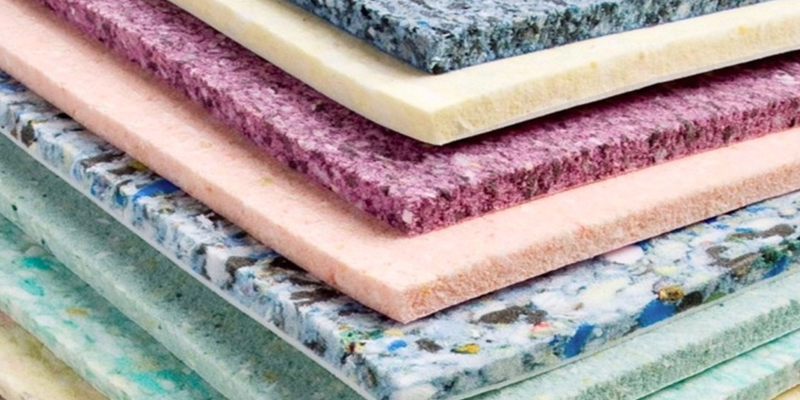Introduction
Polyurethane elastomers are a class of versatile, high-performance polymers used across industries including automotive, construction, footwear, and industrial manufacturing. Their unique combination of toughness, flexibility, and chemical resistance make them ideal for demanding environments. A critical, often overlooked component in producing high-quality polyurethane elastomers is the catalyst system—especially amine catalysts, which help control the reaction profile and final properties of the material.
At MINGXU NEW MATERIALS, we specialize in producing high-performance polyurethane catalysts. One of our flagship products, MXC-37 (DMAEE), plays a vital role in various elastomer applications by enhancing reaction kinetics while ensuring low emissions and minimal odor.
Polyurethane Catalysts in Elastomer Systems
In polyurethane elastomer formulations, catalysts control the rate of two primary reactions:
1. The gelling reaction (polyol and isocyanate)
2. The blowing reaction (water and isocyanate)
Unlike foams, elastomers typically require minimal blowing to maintain solid structural integrity. However, in certain applications like microcellular elastomers or reaction injection molding (RIM), a fine balance between foaming and gelling is crucial for achieving the desired density, resilience, and surface finish.
MXC-37 (DMAEE): A High-Performance Amine Catalyst for Elastomers
MXC-37, also known as 2-dimethylaminoethylethanol (DMAEE), is a tertiary amine catalyst designed to deliver exceptional performance in elastomer and microcellular systems. It is particularly effective in formulations with high water content, where both foaming control and odor management are critical.
Key Benefits of MXC-37 in Elastomers:
Low Odor, Non-Emission Design: As a non-emission and low-odor catalyst, MXC-37 minimizes the characteristic amine odor in finished elastomer parts—especially important in automotive interiors and consumer goods.
High Foaming Activity: Even in elastomer systems with low or controlled foam content, MXC-37 supports uniform cell structure and fine density control when microcellular effects are needed.
Excellent Compatibility: MXC-37 is compatible with a wide range of polyester and polyether-based systems, making it suitable for both soft and rigid elastomers, as well as ester-based stabilizer soft foam and rigid foam packaging.
Versatile Application: Commonly used in:
Microcellular polyurethane elastomers (e.g., shoe soles, armrests)
RIM systems (automotive bumpers, panels)
High-resilience flexible elastomer foams
Structural packaging and insulation elastomers
Why Choose MXC-37 for Your Elastomer System?
The production of high-performance polyurethane elastomers requires precision, consistency, and control. MXC-37 offers all these while helping formulators meet stricter environmental and occupational health standards. Whether you’re developing lightweight automotive parts or durable industrial components, MXC-37 enhances both the process and product quality.
Conclusion
As the demand for cleaner, more efficient polyurethane elastomer systems continues to grow, selecting the right catalyst is more critical than ever. MXC-37 (DMAEE) delivers the performance, environmental compliance, and versatility needed to meet modern manufacturing requirements.
Contact us today to learn how MXC-37 can optimize your polyurethane elastomer formulation.
Post time: May-20-2025

